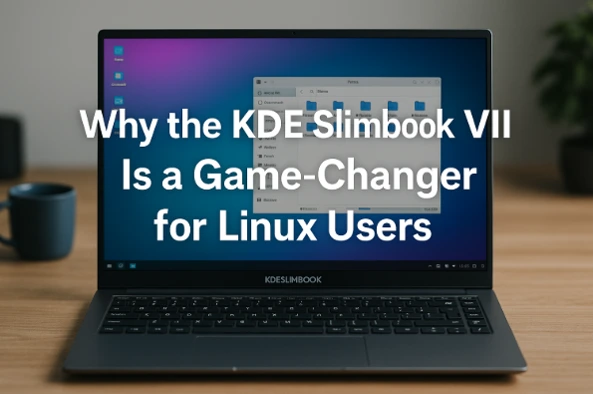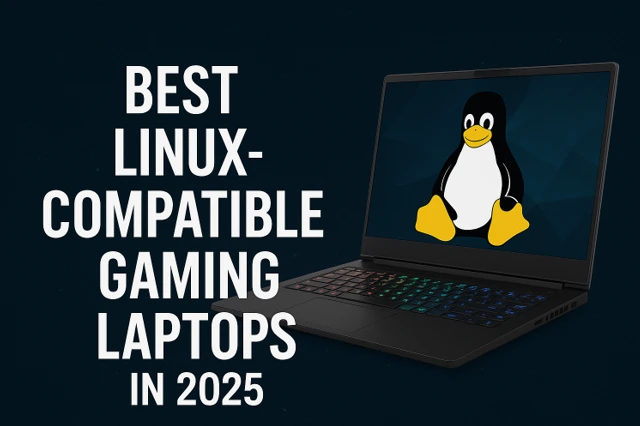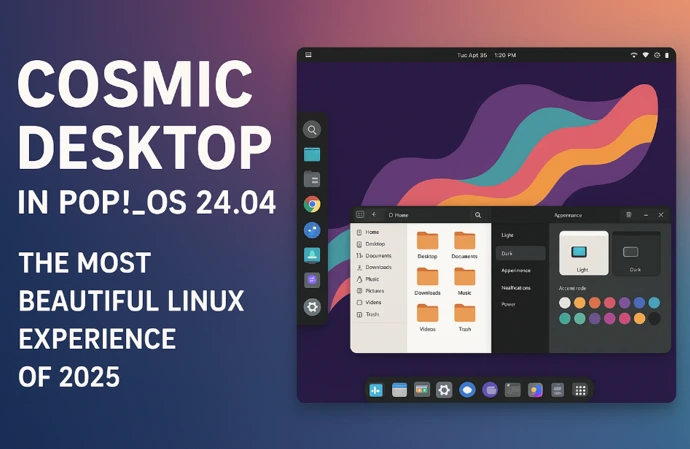
DTG vs DTF vs UV Printing: Which One Is Right for Your Business?
In the rapidly evolving world of custom printing, choosing the right technology can make or break your business. Whether you’re a small business owner launching a custom apparel line, a hobbyist creating personalized gifts, or an entrepreneur looking to diversify your product offerings, understanding the differences between Direct-to-Garment (DTG), Direct-to-Film (DTF), and UV Printing is crucial. Each method has unique strengths, limitations, and applications, making them suited for different needs.
In this comprehensive guide, we’ll dive deep into DTG vs DTF vs UV Printing, comparing their processes, costs, quality, durability, and ideal use cases to help you decide which is best for your business in 2025. Let’s explore the latest insights and data to make an informed choice.
What Is DTG Printing?
Direct-to-Garment (DTG) printing is a digital printing method that uses specialized inkjet technology to apply water-based inks directly onto textiles, primarily cotton or cotton-blend fabrics. Think of it as a high-tech version of your home inkjet printer, but designed for apparel. The process involves pre-treating the garment, loading it onto a platen, printing the design, and then curing the ink with a heat press or dryer.
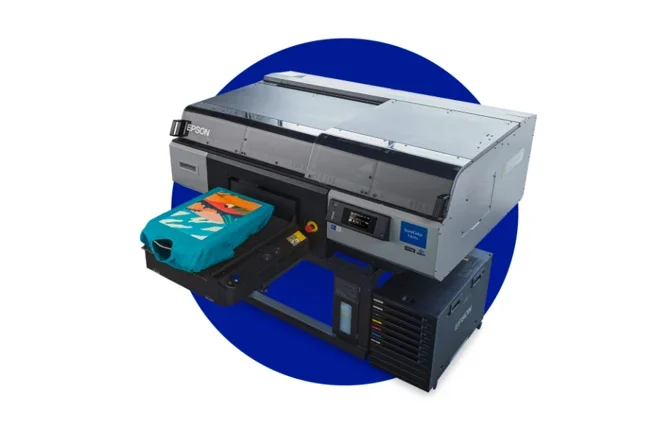
How DTG Printing Works
- Design Preparation: A digital art file is created or uploaded.
- Pre-Treatment: The garment is sprayed with a pre-treatment solution to ensure ink adhesion and vibrant colors, especially on dark fabrics.
- Printing: The printer jets water-based inks directly onto the fabric, often with a white ink underbase for non-white garments.
- Curing: The printed garment is heat-pressed or dried to set the ink, ensuring durability.
Key Features of DTG Printing
- Fabric Compatibility: Best suited for cotton and cotton-blend fabrics. It struggles with synthetic materials like polyester unless specially treated.
- Print Quality: Excels at producing high-resolution, photo-quality images with intricate details and gradients. Ideal for complex, colorful designs.
- Feel: The ink is absorbed into the fabric, resulting in a soft, breathable finish that feels integrated with the garment.
- Production Speed: Printing one t-shirt takes about 1–2 minutes, but pre-treatment and curing add time, making it slower for large batches.
- Cost: DTG printers range from $1,800 to $14,000, with lower ink costs but higher maintenance needs due to ink clogs.
- Durability: Prints are durable but may fade after 6–10 washes, especially on non-cotton fabrics or if not properly cared for.
- Eco-Friendliness: Uses water-based inks, which are more environmentally friendly than solvent-based inks, but pre-treatment requires significant water use.
Best Use Cases for DTG Printing
- Small-batch or on-demand printing for custom t-shirts, hoodies, or other cotton-based apparel.
- Designs with intricate details, gradients, or photographic images.
- Businesses prioritizing a soft, comfortable hand feel for customers.
- Print-on-demand (POD) services to avoid inventory costs.
What Is DTF Printing?
Direct-to-Film (DTF) printing is a newer technology that has gained significant traction in the custom apparel industry. Unlike DTG, DTF prints designs onto a special film, which is then transferred to the fabric using a heat press. This method eliminates the need for pre-treatment and offers greater versatility across fabric types.
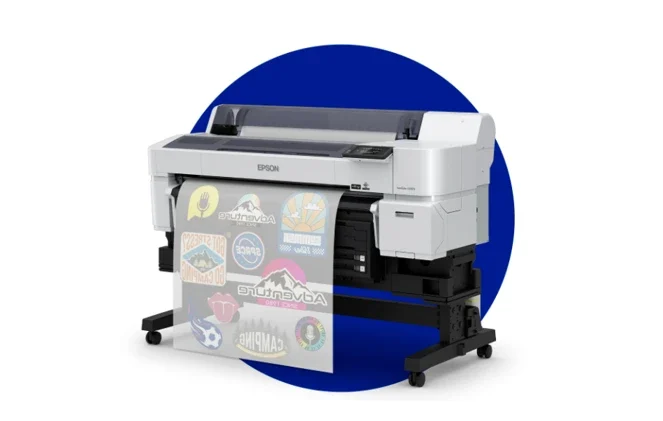
How DTF Printing Works
- Design Printing: A digital design is printed onto a PET film using a DTF printer with pigment-based inks (CMYK + white ink).
- Adhesive Application: A hot-melt adhesive powder is applied to the wet ink on the film.
- Curing: The film is cured in an oven to melt the adhesive powder, creating a transferable design.
- Transfer: The film is placed on the garment and heat-pressed for 10–15 seconds, transferring the design. The film is then peeled off.
- Optional Second Press: A second press may be used to enhance durability and remove shine.
Key Features of DTF Printing
- Fabric Compatibility: Highly versatile, compatible with cotton, polyester, nylon, fleece, blends, and even non-textile surfaces like leather.
- Print Quality: Produces vibrant, crisp designs with excellent color accuracy. Small text and fine details are sharper than DTG due to printing on film rather than fabric.
- Feel: Prints have a slightly plastic or glossy feel, which may soften after washing but is less integrated with the fabric than DTG.
- Production Speed: Faster than DTG, with transfers taking only 10–15 seconds to apply, making it ideal for large batches. Films can be pre-printed and stored for later use.
- Cost: DTF printers are typically under $10,000, but consumables like films and adhesive powder add to running costs. More cost-effective for small batches than DTG.
- Durability: Extremely durable, with prints lasting over 60 washes, comparable to screen printing.
- Eco-Friendliness: Uses pigment-based inks and requires no pre-treatment, reducing water usage compared to DTG. However, adhesive powder and film waste are considerations.
Best Use Cases for DTF Printing
- Businesses printing on diverse fabrics, including synthetics and blends.
- High-volume production or wholesale transfer businesses.
- Designs requiring vibrant colors and durability, such as logos or graphics.
- Unique print placements (e.g., sleeves, tags) that DTG struggles with.
What Is UV Printing?
UV Printing (including UV Direct and UV DTF) uses ultraviolet light to instantly cure UV-curable inks, allowing printing on a wide range of hard and soft surfaces. UV Direct printing applies ink directly onto substrates like glass, metal, or wood, while UV DTF prints onto a film for transfer to irregular or hard surfaces.
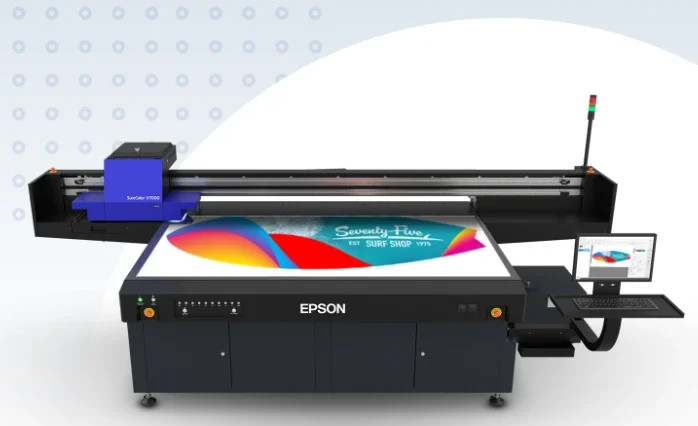
How UV Printing Works
UV Direct Printing
- Design Preparation: A digital file is sent to the UV printer.
- Printing: The printer jets UV-curable inks onto the substrate, and UV lamps instantly cure the ink as it’s applied.
- Finish: No additional curing is needed, and the print is ready immediately.
UV DTF Printing
- Printing on Film: UV-curable inks are printed onto a PET film (A film) with a glue layer.
- Lamination: The printed film is laminated with a backing film (B film) to create a transferable sticker.
- Transfer: The design is applied to the substrate by pressing and peeling off the backing film.
Key Features of UV Printing
- Material Compatibility: UV Direct excels on hard surfaces like glass, metal, wood, and ceramics. UV DTF extends this to irregular surfaces like mugs, helmets, or phone cases.
- Print Quality: Offers vibrant colors, sharp details, and high resolution. UV DTF provides consistent quality on uneven surfaces.
- Feel: UV Direct prints are smooth and durable but may feel slightly raised. UV DTF prints feel like stickers, with a glossy or semi-glossy finish.
- Production Speed: UV Direct is extremely fast due to instant curing, with no drying time. UV DTF requires additional lamination and transfer steps, slowing the process slightly.
- Cost: UV printers have a higher initial cost (often $10,000–$50,000), but UV DTF can be more cost-effective for small runs due to lower setup costs. Running costs depend on ink and film usage.
- Durability: UV-cured inks are highly resistant to fading, moisture, and abrasion, making them ideal for outdoor or heavy-use applications.
- Eco-Friendliness: UV inks have low volatile organic compounds (VOCs), but the process generates film waste in UV DTF.
Best Use Cases for UV Printing
- Customizing hard surfaces like mugs, phone cases, or signage (UV Direct).
- Printing on irregular or non-flat surfaces like helmets or glassware (UV DTF).
- Applications requiring extreme durability, such as outdoor signage or promotional items.
DTG vs DTF vs UV Printing: A Side-by-Side Comparison
To make an informed decision, let’s compare these technologies across key factors:
| Factor | DTG Printing | DTF Printing | UV Printing (Direct & DTF) |
|---|---|---|---|
| Material Compatibility | Best for cotton and blends; limited on synthetics | Works on cotton, polyester, blends, and more | UV Direct: Hard surfaces; UV DTF: Hard and irregular surfaces |
| Print Quality | High-resolution, photo-quality, soft gradients | Vibrant, crisp, excellent for small text | Vibrant, sharp, consistent on hard surfaces |
| Feel | Soft, integrated with fabric | Slightly plastic, glossy finish | Smooth (Direct) or sticker-like (DTF) |
| Production Speed | 1–2 min per shirt + pre-treatment/curing | 10–15 sec per transfer; batch printing | Instant curing (Direct); lamination for DTF |
| Cost | $1,800–$14,000 printer; low ink costs | Under $10,000 printer; film/powder costs | $10,000–$50,000; high ink/film costs |
| Durability | Fades after 6–10 washes | Lasts over 60 washes | Highly durable, resistant to wear |
| Eco-Friendliness | Water-based inks; high water use | No pre-treatment; film waste | Low VOCs; film waste (DTF) |
| Best For | Small-batch apparel, detailed designs | Versatile apparel, high-volume production | Hard surfaces, irregular shapes, durable prints |
Pros and Cons of Each Printing Method
DTG Printing
Pros:
- Exceptional detail for complex designs.
- Soft, breathable prints ideal for apparel.
- Ideal for on-demand printing with no inventory.
- Eco-friendly water-based inks.
Cons:
- Limited to cotton or blends; poor performance on synthetics.
- Slower for large batches due to pre-treatment and curing.
- Prints may fade faster than DTF.
- Higher maintenance due to ink clogs.
DTF Printing
Pros:
- Versatile across nearly all fabrics and colors.
- Highly durable prints, comparable to screen printing.
- Fast transfer process and batch printing capability.
- No pre-treatment required, streamlining production.
- Cost-effective for small and large runs.
Cons:
- Prints have a slightly plastic feel, less soft than DTG.
- Generates film and powder waste.
- Slightly more complex process with adhesive powder.
UV Printing
Pros:
- Prints on a wide range of hard surfaces (Direct) and irregular shapes (DTF).
- Extremely durable and resistant to fading or abrasion.
- Instant curing for fast production (UV Direct).
- High color vibrancy and precision.
Cons:
- High initial investment for UV printers.
- UV DTF requires additional lamination steps.
- Prints may feel raised or sticker-like (UV DTF).
- Not ideal for soft, breathable apparel applications.
Which Printing Method Is Right for Your Business?
Choosing between DTG, DTF, and UV printing depends on your business goals, target market, and production needs. Here’s a breakdown to guide your decision:
Choose DTG If:
- You focus on cotton-based apparel like t-shirts or hoodies.
- Your designs are complex, colorful, or photographic with fine details.
- You prioritize a soft, breathable feel for customer comfort.
- You’re running a print-on-demand business or small-batch orders.
Example: A small t-shirt brand offering custom, high-detail designs on cotton tees with a POD model.
Choose DTF If:
- You need versatility across fabrics like polyester, nylon, or blends.
- You’re handling high-volume orders or wholesale transfer production.
- Durability is critical for long-lasting prints.
- You want to print on unique placements or non-standard apparel.
Example: A custom apparel business printing logos on diverse fabrics for bulk orders or selling pre-printed transfers.
Choose UV Printing If:
- You’re printing on hard surfaces like mugs, phone cases, or signage (UV Direct).
- You need to customize irregular or non-flat surfaces like helmets or glassware (UV DTF).
- Durability for outdoor or heavy-use items is a priority.
- You’re in industries like home decor, advertising, or promotional products.
Example: A business creating personalized phone cases, ceramic tiles, or outdoor signs with vibrant, durable prints.
Emerging Trends and Innovations in 2025
The printing industry is constantly evolving, and 2025 brings exciting advancements:
- Hybrid DTG/DTF Printers: Companies like Epson have introduced hybrid machines combining DTG’s precision with DTF’s versatility, offering flexibility for businesses.
- Automation in DTF: Automated DTF printers with built-in powder shakers and ovens streamline production, reducing labor costs.
- UV DTF Growth: UV DTF is gaining popularity for its ability to print on hard, irregular surfaces, expanding applications in retail and home decor.
Sustainability Focus: Manufacturers are developing eco-friendlier inks and recyclable films to reduce waste in DTF and UV printing.
Cost Considerations and ROI
- DTG: Lower ink costs but higher maintenance and slower production make it best for low-volume, high-margin products. ROI is strong for POD businesses.
- DTF: Lower initial costs and faster production offer quicker ROI for high-volume or wholesale businesses. Consumables like films add ongoing costs.
- UV Printing: High upfront costs but long-term savings due to durability and fast production. Best for businesses with diverse, high-value product lines.
Conclusion
DTG, DTF, and UV printing each offer unique advantages tailored to specific business needs. DTG is perfect for cotton-based apparel with intricate designs and a soft feel, ideal for small-batch or on-demand printing. DTF shines in versatility and durability, making it a go-to for diverse fabrics and high-volume production. UV Printing excels for hard surfaces and irregular shapes, delivering durable, vibrant prints for promotional and decor applications.
To choose the right method, consider your target market, product range, budget, and production goals. For apparel-focused businesses, DTG or DTF may be the best fit, while UV printing is ideal for diversifying into hard goods. Stay informed about innovations like hybrid printers and sustainable practices to future-proof your business. By aligning your choice with your specific needs, you’ll set your business up for success in the competitive world of custom printing.
Disclaimer
The information provided in this blog post about DTG vs DTF vs UV Printing is intended for general informational purposes only and is based on the most current data available as of June 2025. While we strive to ensure accuracy, the printing industry is constantly evolving, and specifications, costs, or technologies may change. Readers are encouraged to conduct their own research and consult with industry professionals before making business decisions.
The author and publisher are not responsible for any losses, damages, or issues arising from the use of this information. Product pricing, availability, and performance may vary by manufacturer, region, or supplier. Always verify details with equipment vendors or service providers before purchasing.
Also Read
Top Linux Phones to Watch in 2025

